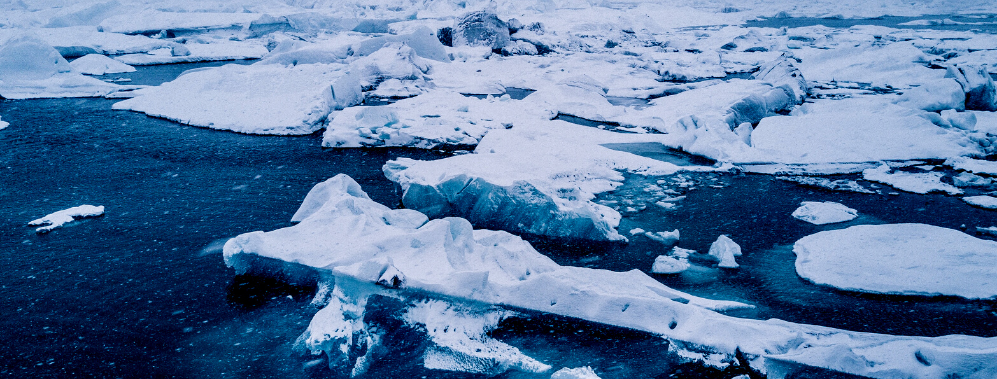
Safeguarding Canada’s Arctic
An NREN case study by MRnet
The Arctic is changing. For three decades, the number of days with open water has been increasing to the point where we now have an extra month of open water each year. This change is creating both challenges and opportunities for the North and its people. One of the consequences is an increase in the number of navigable days along Canada’s Northwest Passage, an Arctic shipping route. This in turn is bringing a swell in marine transportation, expanded oil and gas exploration, and other related development.
Understanding how these changes and associated risks affect the Arctic environment is imperative. In years past, companies would intentionally spill oil to study the aftermath. Clearly, this is no longer an acceptable practice yet we still need a way to study our growing impact on this culturally, scientifically, and environmentally important landscape. The University of Manitoba has responded with a new marine research base on the shores of Hudson Bay in Churchill, Manitoba, adjacent to Canada’s only Arctic deep-water port.
What is the NREN?
The National Research and Education Network (NREN) is an essential collective of infrastructure, tools and people that bolsters Canadian leadership in research, education, and innovation. CANARIE and its thirteen provincial and territorial partners form Canada’s NREN. We connect Canada’s researchers, educators, and innovators to each other and to data, technology, and colleagues around the world.
Multidisciplinary research facility
The Churchill Marine Observatory is a unique, innovative, and multidisciplinary research facility where researchers can observe the changing Arctic environment, study the impacts from increased development, and develop mitigation strategies. It contains three primary systems. The first is an outdoor experimental system of two sub-pools, which accommodates various experiments on transportation-related pollutants. The second is a sophisticated environmental observing (EO) system with sensors along the main shipping channel from the north Atlantic to the deep-water port in Churchill. This EO system supplies data on ocean salinity, temperature, ice thickness, biological productivity, and other natural conditions. The final system, a logistics base, underpins all research and provides a central hub for data collection and processing.
At the heart of the Churchill Marine Observatory is almost $20 million worth of scientific instruments that generate a voluminous amount of data – up to several terabytes a day – that informs the work of over 140 scientists in 10 countries. Researchers collaborate with one another and with scientific organizations around the world.
In the early days of the observatory, when scientists wanted to share research data, they had to put it on hard drives and physically ship it around the globe. This process created excessively long delays in the ability to analyze data and provide timely results to stakeholders, making many types of collaboration and experiments impossible.
Near real-time collaboration
Thankfully, the hard drives have been replaced with a far better option: today scientists rely on the Manitoba Research Network (MRnet) and its national partner CANARIE to support the collection, storage, sharing, and analysis of data. MRnet is the provincial partner in Canada’s National Research and Education Network (NREN) while CANARIE is the federal counterpart, connecting provincial networks to each other and to the rest of the world. Together these not-for-profit organizations provide the high-speed, high-bandwidth, reliable fiber optic network that links Arctic researchers to their colleagues and peers as far away as the International Space Station (via satellite link). The network gives researchers interactive abilities, allowing them to both receive and send data in near real time, making experiments far more collaborative and meaningful.
Global leader in Arctic research
The Churchill Marine Observatory is expected to produce some much-needed answers. One of the most anticipated is a new procedure for mitigating the impacts from spills via microorganisms that consume and break down pollutants. Others include studying changes in ocean currents and climate as the melting Arctic ice changes seawater salinity, and determining the effects of hydrocarbon exploration and tourism on fragile Northern coastal ecosystems.
Once fully functional in 2020, the Churchill Marine Observatory will reinforce Canada’s position as a global leader in Arctic research. Knowledge gained will also strengthen Canada’s capacity to protect this important ecosystem. Finally, the observatory will ensure indigenous organizations, industry, and governments have the information they need to respond appropriately to the various development pressures that will be quickly upon us.

